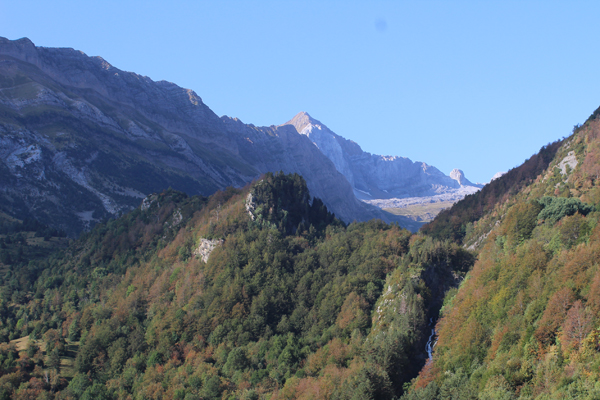How many tree species are there?
Botanic Gardens Conservation International (BGCI) has pored over more than 500 published sources and consulted more than 80 experts to come up with an answer for now: science currently recognises 60,065 species of plants that either have “a single stem growing to a height of at least two metres, or if multi-stemmed, then at least one vertical stem five centimetres in diameter at breast height”. That figure does not include “cycads, tree ferns, tree-like Poaceae, Bromeliaceae, and Musaceae” and is at the low end of previous estimates.
The bare number is impressive enough, but in <link http: www.tandfonline.com doi full _blank external-link-new-window external link in new>their paper announcing it, in the Journal of Sustainable Forestry, the authors offer some further analysis and describe an online database that offers access to the raw information.
Trees, by this reckoning, represent about one in five angiosperm and gymnosperm species. They are unevenly distributed, with 45% of tree species in just 10 families, the most tree-rich being Leguminosae, Rubiaceae and Myrtaceae. This is not entirely surprising: Leguminosae and Rubiaceae are the 3rd and 4th most diverse plant families overall.
Geographically, Brazil, Colombia, and Indonesia are the countries with the most tree species. Unsurprisingly, tropical biomes are the most diverse, with more than 23,000 tree species recorded in the Neotropic biome. Europe is part of the Palearctic biome, which currently has almost 6,000 species.
Almost 60% of all tree species (58%) are country endemic species, those that are recorded only from a single country. Distribution patterns mirror broader diversity patterns, with Brazil, Australia and China having the greatest number of endemic species, along with islands such as Madagascar, Papua New Guinea and Indonesia, where geographic separation has permitted speciation.
The online database – <link http: www.bgci.org global_tree_search.php _blank external-link-new-window external link in new>GlobalTreeSearch – allows visitors to search on species, genus and country, and to download the full dataset for further study.
The authors recognise that while GlobalTreeSearch represents a huge effort and the most comprehensive survey of woody plants to date, it is also likely to be incomplete. Some geographical areas are relatively underexplored, and taxonomies are constantly being revised. Despite that, they say, the database “has both immediate value to a wide range of user communities and will allow for the assessment and monitoring of tree species diversity”. They ask for contributions from tree scientists, and stress that “GlobalTreeSearch is not a static list; it will continue to be refined, revised, and added to”.
One such contribution may come from European countries, which will be able to provide feedback to BGCI for further improvement of the database through EUFORGEN Secretariat.
Related Links
- GlobalTreeSearch database
- GlobalTreeSearch: The first complete global database of tree species and country distributions (paper)







